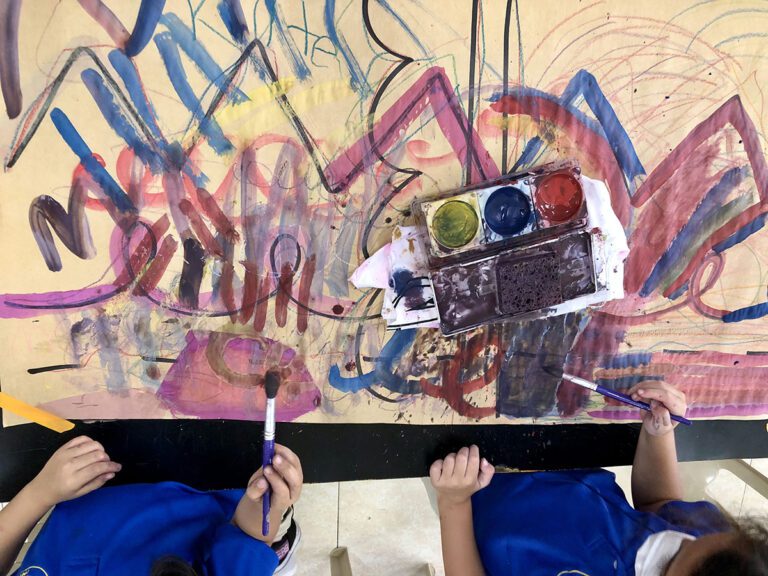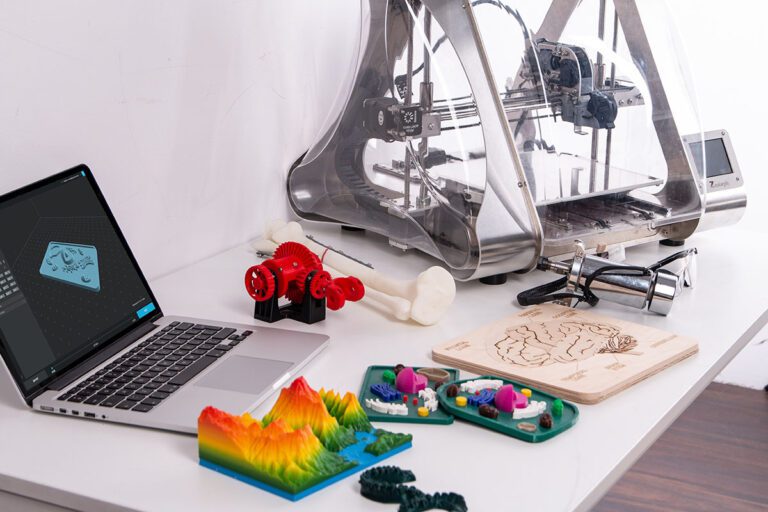Originality is a key value of art education, but at the same time, replication is just as important. We want our students to create original work, so we have various expectations about what sort of copying is allowed. Understanding when borrowing the work of others is appropriate and when it’s not is an important skill for kids to have.
In the image-flooded world we live in, however, there’s no one clear answer. Unfortunately, the discussion of building on previous work is often skipped or boiled down to petty things, like the appropriateness of drawing iconic cartoon characters or using stock photos. Is it a copyright violation or not, we wonder?
Before we think about what our stance on copying should be, it’s valuable to understand the issues involved, which range from legal to moral.
Copyright law is complex, but understanding a few key ideas can help teachers.
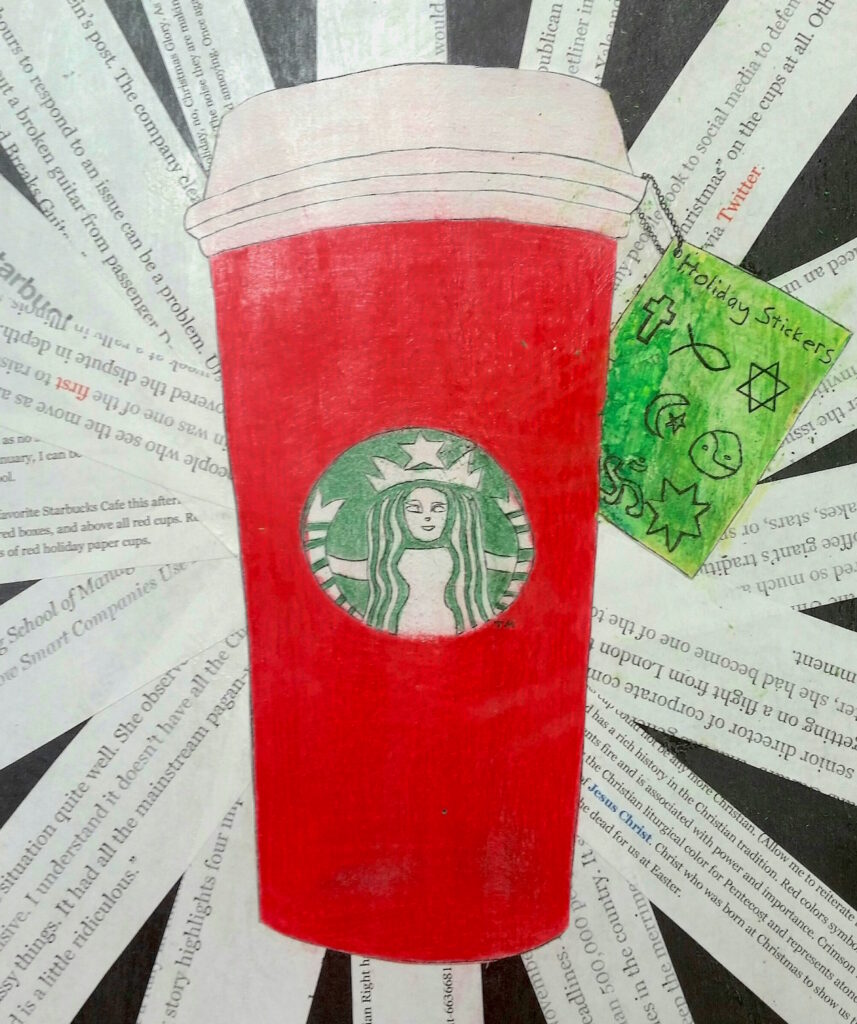
Copyright
Copyright law has existed since we’ve been able to easily make copies of written work, which happened with the invention of the printing press. The laws have changed and expanded over time, but still have the same primary goal: to protect the rights of the artist. Copyright law does this by prohibiting the copying of an artist’s work. Copyright infringement occurs when someone’s work is used without their permission or without giving them compensation. There is a big exception to this, though – fair use.
Fair Use
Fair use is a key part of copyright law that allows schools and other organizations to use copyrighted material for educational purposes. If you’re worried that students are violating copyright law by copying images off the internet, don’t be- it’s protected by fair use, although plagiarism could be an issue (more on that in a minute).
Fair use also recognizes that the repurposing of work and images is a key way that artists build meaning. This type of borrowing and building on previous work has a long history and was integral to movements like Dada and Pop Art that asked important questions about the meaning of art and popular culture. It’s even more prevalent today with our unprecedented access to digital images. The College Art Association published fair use guidelines in 2014 which include the following advice for artists:
- Using the work of others “is part of the construction of new culture, which necessarily builds on existing culture.”
- Artists’ use of copyrighted material is protected by fair use when the work “generates new meaning.” Only changing media won’t accomplish this, just ask Shepard Fairey, who settled a lawsuit by the Associated Press involving his iconic “Hope” poster.
- Artists should be able to explain why they’ve repurposed work belonging to others and give them credit unless they have a really good reason not to.
Plagiarism
Plagiarism, or using someone’s work without giving them credit, is the issue at hand in schools, not copyright infringement. This is a moral issue, and schools typically have consequences for situations like turning in another student’s essay as their own. This can happen in art too, but not as often as some may think. For example, when a student draws a picture of Spongebob, are they trying to claim that it’s an original image, or are they just developing their drawing skills by making a modern form of a master copy? This is very different from taking someone’s drawing and claiming it’s yours.
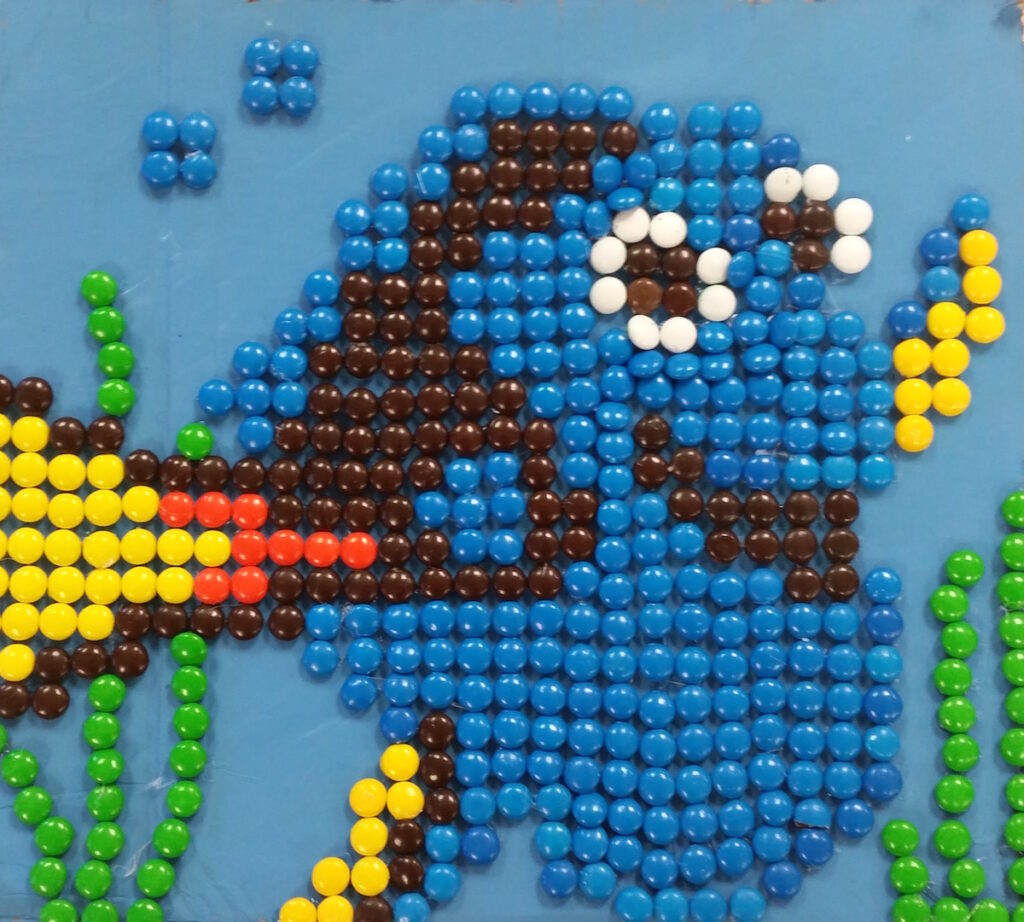
Copying images is a good thing. It’s an important part of the conversation that art creates and we have to teach our kids about it.
Our role as art teachers is to inform our students about making art. Guiding students through adding meaning to previously created content is an essential part of our role. We have to teach our students how to use existing work to explore original points of view. This can be done by teaching them to take inspiration from the work of others and to build upon it. One way Ian Sands and I have accomplished this is in units like Artists Steal, where students learn the guidelines to make their own decisions about image use.
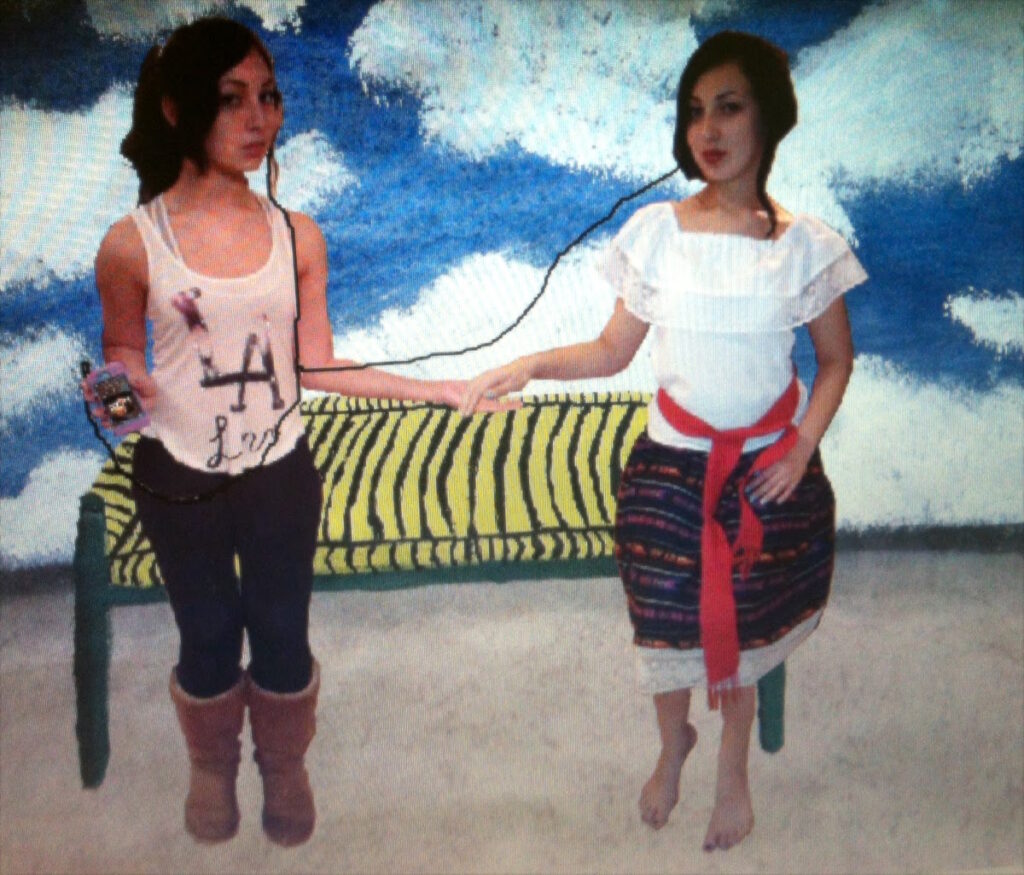
The bottom line on copyright is that it’s just not an issue in classrooms, it is an issue for working artists as well. Students should know it exists and what the expectations for original work are. They also should be aware of the moral issues surrounding plagiarism. Of course, it’s hard for teachers to take a moral high ground on originality if their lessons produce student work that is highly similar or are derivative copies of a popular artist. We can’t teach not to copy if we plan lessons that expect students to copy from us, so we must build independent decision-making that keeps work individualized into all our lessons.
The most important part of copyright law for teachers to be informed about is fair use. We have to keep in mind that the goal shouldn’t be to keep our kids from copying, but to start a conversation about originality. Peter Jaszi writes, “The goal of US copyright law is to promote the progress of knowledge and culture. Its best-known feature is protection of owner’s rights. But copying, quoting, recontextualizing, and reusing existing cultural material can be critically important to creating and spreading knowledge and culture.” So, please, inform your kids about copyright, fair use, and plagiarism and teach them how to copy in a way that adds new meaning to images. It’s how art is made.
What are your expectations for originality?
How do you teach students about repurposing images?
Magazine articles and podcasts are opinions of professional education contributors and do not necessarily represent the position of the Art of Education University (AOEU) or its academic offerings. Contributors use terms in the way they are most often talked about in the scope of their educational experiences.


